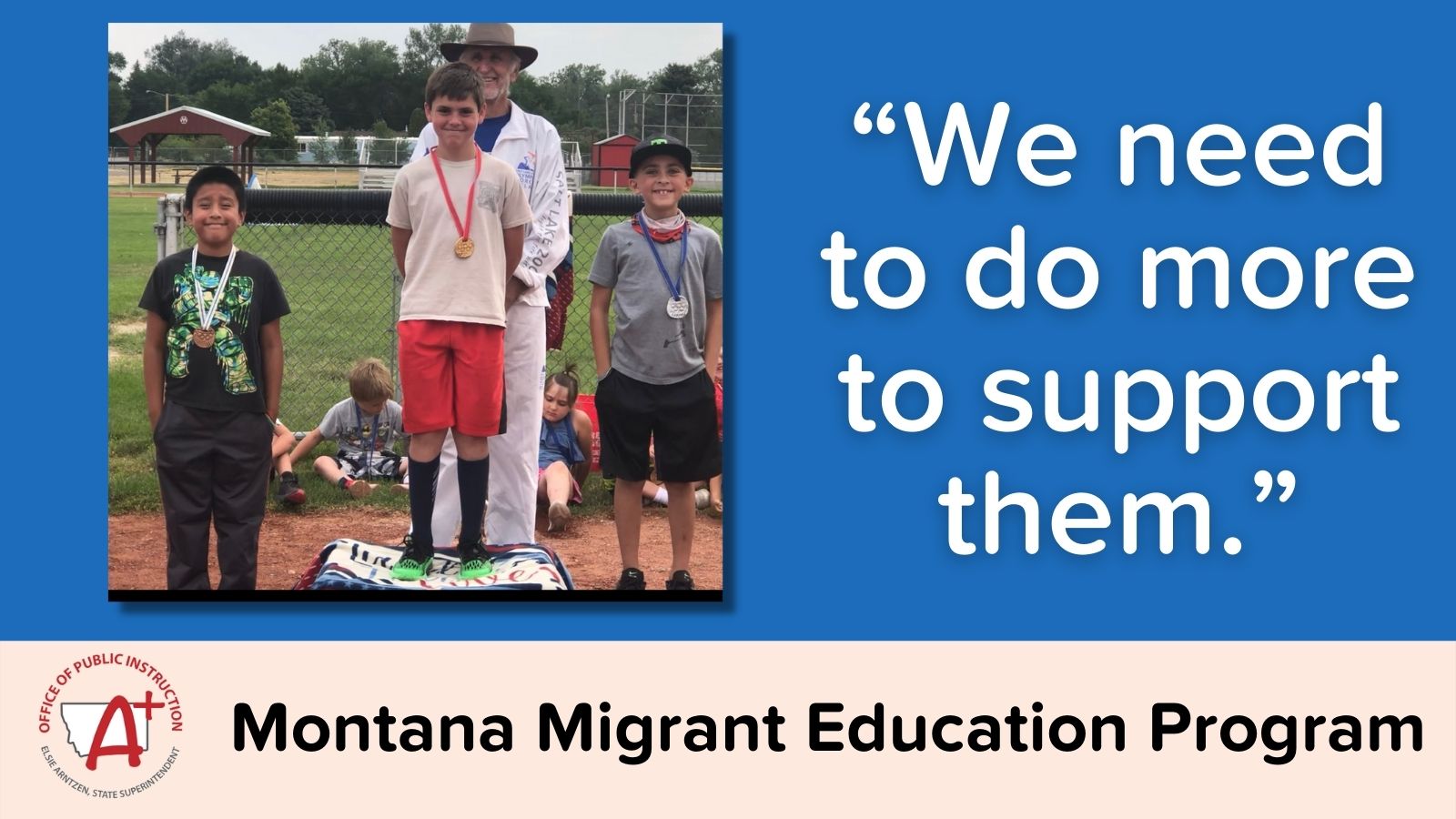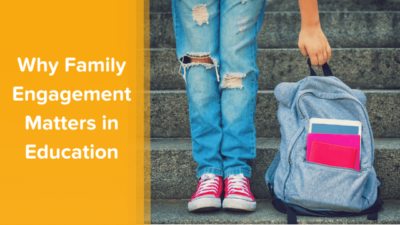By Mary Westervelt, director of marketing
Across the country, the US agricultural sector relies on migrant workers. Migrant families work everywhere from the dairy farms of Vermont to the berry fields of southern California to the fisheries of Alaska. And as they move, migrant families are also working hard to ensure that their children have the educational opportunities they deserve. But the barriers they face are significant.
In addition to the challenge to educational success that comes with economic uncertainty, migrant children must also overcome ongoing disruption to their educational services. Families are often unsure how to help their children successfully navigate the educational system. And migrant students are often impacted by the many ACEs that can result from the instability associated with migrant life.
That’s why the Migrant Education Program (MEP) exists. This federally funded initiative of the US Department of Education works to provide the additional support migrant students need to achieve academic success.
Managed at the state level, MEPs serve over 200,000 children (1) in nearly every state. And each MEP shares the same goal:
To ensure “all migrant students reach challenging academic standards and graduate with a high school diploma (or complete a HSED) that prepares them for responsible citizenship, further learning, and productive employment.” (2)
The Montana Migrant Education Program, funded by the Montana Office of Public Instruction ESEA Title I Part C, has been providing supplemental educational and supportive services to migrant families through its sub-grantees since the program’s inception in 1966. These essential services form a critical thread in the national safety net for migrant families who work in our country’s agricultural sector.
Listening and Lifting
While many elements of a migrant student’s life are unpredictable, family can often be the most consistent. This means that family engagement is a central focus for Montana MEP. And for program manager Pat Lowthian, building strong relationships with migrant families starts with listening to their needs and priorities.
“People say, “What do you do in Migrant?” and I say, “What don’t I do!” said Pat. “We try to identify and meet the needs of our families. I’m very aware of the stressors our families face regarding food and clothing insecurity and trying to pay their monthly bills. Sometimes there’s one paycheck with many mouths to feed. We are trying our very best to lift families up.”
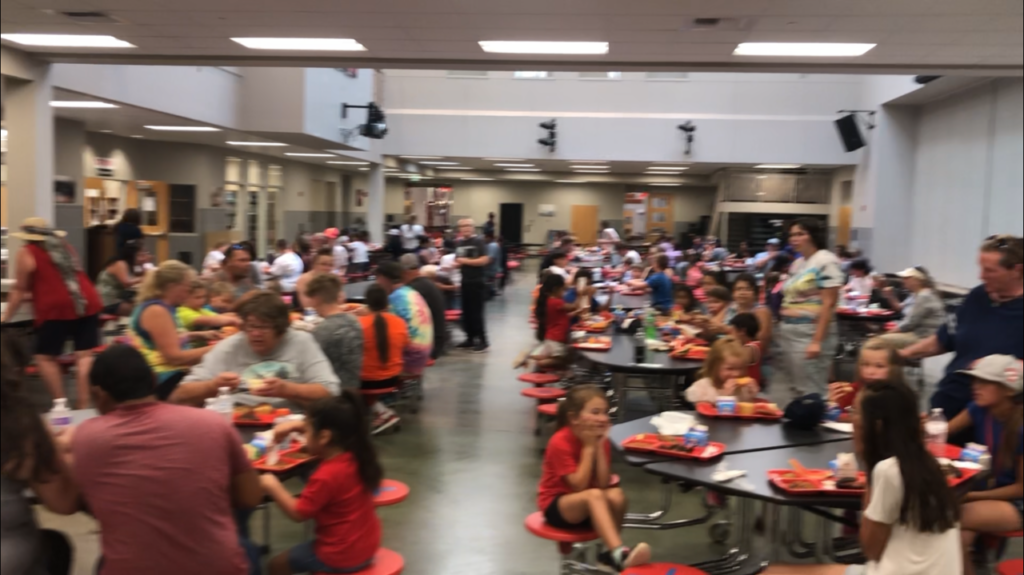
Passion into Action
For Pat, supporting migrant families has been a life-long passion.
“My first experience with Migrant families was living in the Santa Clarita Valley on the edge of Los Angeles County in Valencia, CA. I grew up watching the Migrants working in over 100-degree heat day after day in that scorching sun with no sign of bathrooms or water. I often would say to my dad, “They have an amazing work ethic even though the money they make for their labor is minimal. We need to do more to support them.”
As a teacher in Billings, Montana, Pat first experienced what it meant to support migrant students. She witnessed academically committed students leaving school to meet family needs and wanted to do more. Her opportunity came when she joined the Montana MEP as a summer Migrant School teacher, a role she continued through her teaching career.
“What I love about it is that I can send out messages like ‘we’ve got a meeting at this time and place.’ And they all get it — Boom.”
Pat Lowthian, Project Manager, Montana MEP
Outreach in Hand
Through her over 30 years with the Montana MEP, Pat’s respect and admiration for migrant families continued to increase. “These families are the ‘UNSUNG HEROES’ who have kept the American food economy going with their tireless efforts, day after day in the fields, farms, orchards, and vineyards of America. I am proud to work beside them as their teacher, mentor, friend, and family engagement supporter.” And as her appreciation grew, so did her commitment to give back to these families.
So in the summer of 2020, after 41 years as a teacher, Pat shifted her full time focus to supporting migrant families. That’s when Angela Branz-Spall, Director of ESSA Title I Part C for Montana OPI, passed along information about the ParentPowered program. The federal funding that Montana OPI provides to its sub-grantees makes the Montana Migrant Education Program possible.
“When Angela said it was a texting program to keep families engaged, my ears perked up,” said Pat. “I’m an old school gal, but everyone is dealing in the world of texting. It’s efficient. You can convey a lot with a few words. …Little text messages pushed out by grade level with tips for parents make it easy for them to say “I could do that tonight!” Parents often don’t have time to think of new things to do with their children; this program provides that extra help.”
Pat decided that ParentPowered Trauma-Informed would best fit their needs. In addition to the parenting curriculum aligned to the Protective Factors Framework, Trauma-Informed also gives her a way to connect families with critical resources and engage in ongoing communication.
Montana MEP primarily serves intrastate migrants, which means the family stays within the state, moving back and forth between locations. Because they serve a consistent population, Pat and her team are focused on maintaining contact. This helps ensure families can get the help they need wherever they are.
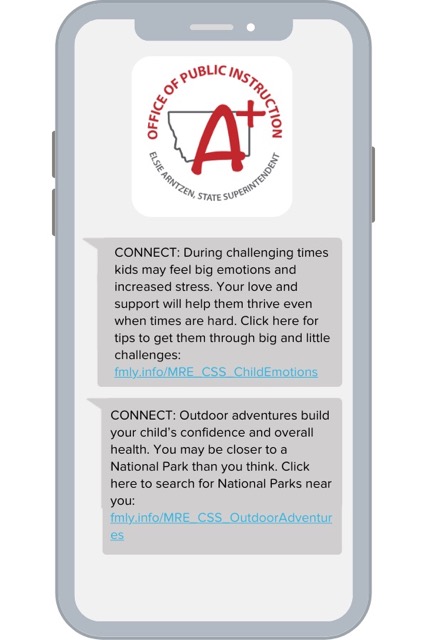
The ParentPowered messaging platform allows her to provide consistent outreach, no matter where her families are. “What I love about it is that I can send out messages like ‘we’ve got a meeting at this time and place.’ And they all get it — Boom.” And because she can monitor which families are no longer receiving messages, she also knows when it’s time to reach out personally.
Consistent Educational Support
Ongoing whole child educational support was also a central factor in selecting a family engagement program. “I wanted good, solid educational tips that can help kids stay focused on school & move toward graduation. And that includes SEL. If you don’t deal with the social and emotional needs of a human being, you might as well give up on the academics. I hope ParentPowered continues to promote social emotional learning. That’s huge for us.”
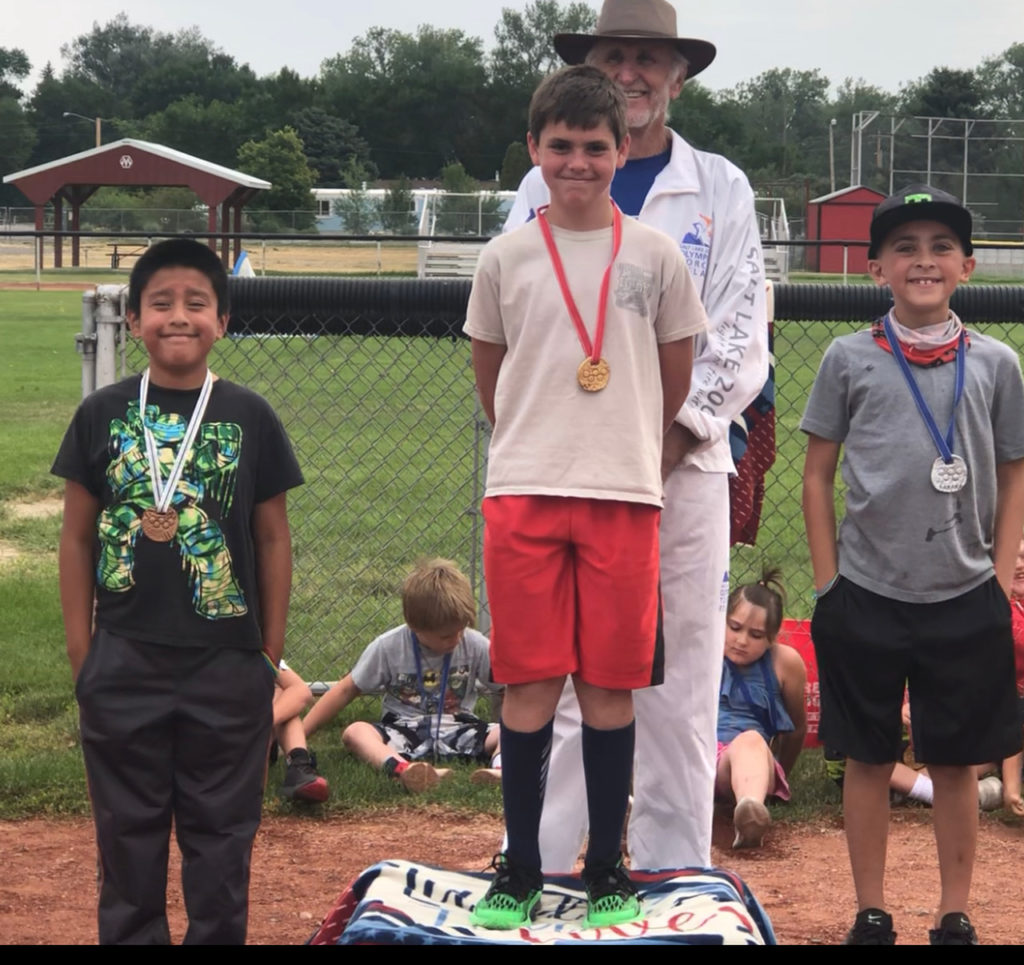
Of course, in order to provide families with the service, the Montana MEP team had to ensure they knew it was available. That’s where the years of building trusting relationships really helped. “If it’s free and comes from us, they sign up. They know it will benefit them,” said Pat.
Pat took a multi-pronged approach to getting the word out. She put together her own informational sheet on ParentPowered to explain how the program worked and how it could help them. And she leveraged the network of tutors that support her students. “All the students in our counties are under the umbrella of a particular tutor during a particular year. I get the info to the tutors and they give it to the parents.”

She also used the ParentPowered messaging platform to send the flyer to the families who had been signed up through their schools. This ensured that families understood that the new service was coming from a trusted source.
Knowing that the program was originally created by educational researchers turned out to be important to families. Pat shared that families appreciate that the program they are receiving was rigorously developed and analyzed by a leading educational research team.
Looking Ahead
For an ESEA-funded program like the Migrant Education Program, family feedback and engagement data is essential. So Pat is looking forward to using the ParentPowered survey feature to support her grant reporting requirements.
“We haven’t used it as much as I’d like, but I love the surveying feature! Because we have to do surveying for grants, and it allows us to do that in an easy way.”
This information will also help her better understand and meet the educational needs of her families, which is her guiding star. “This year we’re signing up for some of the workshops, and the parents seem very excited about that, because it’s one more way to engage with parents & children in an educationally productive way.”

